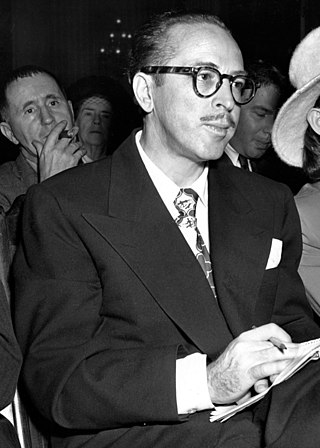
James Dalton Trumbo was an American screenwriter who scripted many award-winning films, including Roman Holiday (1953), Exodus, Spartacus, and Thirty Seconds Over Tokyo (1944). One of the Hollywood Ten, he refused to testify before the House Un-American Activities Committee (HUAC) in 1947 during the committee's investigation of alleged Communist influences in the motion picture industry.

Ginger Rogers was an American actress, dancer and singer during the Golden Age of Hollywood. She won an Academy Award for Best Actress for her starring role in Kitty Foyle (1940), and performed during the 1930s in RKO's musical films with Fred Astaire. Her career continued on stage, radio and television throughout much of the 20th century.

Edward Dmytryk was a Canadian-born American film director and editor. He was known for his 1940s noir films and received an Oscar nomination for Best Director for Crossfire (1947). In 1947, he was named as one of the Hollywood Ten, a group of blacklisted film industry professionals who refused to testify to the House Un-American Activities Committee (HUAC) in their investigations during the Red Scare of the McCarthy era. They all served time in prison for contempt of Congress. In 1951, Dmytryk testified to the HUAC and named individuals, including Arnold Manoff, whose careers were then destroyed for many years, to rehabilitate his own career. First hired again by independent producer Stanley Kramer in 1952, Dmytryk is likely best known for directing The Caine Mutiny (1954), a critical and commercial success. The second-highest-grossing film of the year, it was nominated for Best Picture and several other awards at the 1955 Oscars. Dmytryk was nominated for a Directors Guild Award for Outstanding Directorial Achievement in Motion Pictures.

Robert Bushnell Ryan was an American actor and activist. Known for his portrayals of hardened cops and ruthless villains, Ryan performed for over three decades. He was nominated for the Academy Award for Best Supporting Actor for his role in the film noir drama Crossfire (1947).
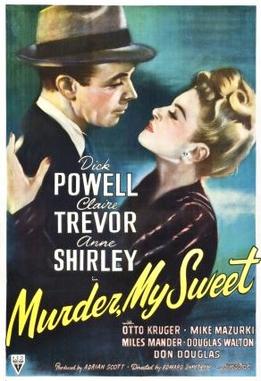
Murder, My Sweet is a 1944 American film noir, directed by Edward Dmytryk and starring Dick Powell, Claire Trevor and Anne Shirley. The film is based on Raymond Chandler's 1940 novel Farewell, My Lovely. It was the first film to feature Chandler's primary character, the hard-boiled private detective Philip Marlowe.

Constance Vera Browne, Baroness Oranmore and Browne, commonly known as Sally Gray, was an English film actress of the 1930s and 1940s. Her obituary in The Irish Times described her as "once seen as a British rival to Ginger Rogers."

Irene Maud Lentz, also known mononymously and professionally as Irene, was an American actress turned fashion designer and costume designer. Her work as a clothing designer in Los Angeles led to her career as a costume designer for films in the 1930s. Lentz also worked under the name Irene Gibbons.
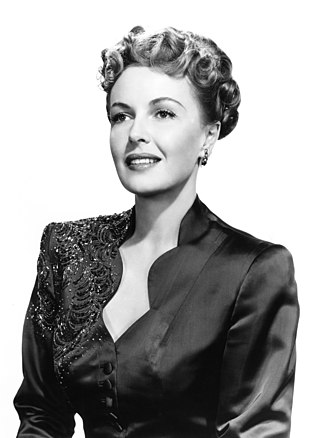
Mary Frances Gifford was an American actress who played leads and supporting roles in many 1930s and 1940s movies.

Kitty Foyle, subtitled The Natural History of a Woman, is a 1940 drama film starring Ginger Rogers, Dennis Morgan, and James Craig, based on Christopher Morley's 1939 bestseller Kitty Foyle. Rogers won the Academy Award for Best Actress for her portrayal of the title character, and the dress she wore in the film became known as a Kitty Foyle dress.

Tom, Dick and Harry is a 1941 American comedy film directed by Garson Kanin and starring Ginger Rogers, George Murphy, Alan Marshal, Phil Silvers, and Burgess Meredith. It was produced and released by RKO Radio Pictures. The screen play written by Paul Jarrico, Rogers was working on the film when she was awarded the Oscar as Best Actress for her 1940 performance in Kitty Foyle. It was her first film released after her Oscar win. It was remade as The Girl Most Likely (1957), a musical which was also the last film released by RKO.

The Falcon's Brother is a 1942 American crime drama film in which George Sanders, who had been portraying "The Falcon" in a series of films, appears with his real-life brother Tom Conway; with Sanders handing off the series to Conway, who would play the new Falcon in nine subsequent films. Jane Randolph was featured in a supporting role. The Falcon's Brother, the only one to feature two Falcons, was directed by Stanley Logan.

Youth Runs Wild is a 1944 B movie directed by Mark Robson and starring Bonita Granville, Kent Smith, Jean Brooks, Glen Vernon and Vanessa Brown. The plot concerns inattentive parents and juvenile delinquency. The film was produced by Val Lewton. It was written by John Fante, Herbert Kline and Ardel Wray. Although Val Lewton produced the film, the final released version was so different from the original cut that he asked for his name to be removed from the picture; a request denied him by RKO.
Sorority House is a 1939 American drama film starring Anne Shirley and James Ellison. The film was directed by John Farrow and based upon the Mary Coyle Chase play named Chi House.
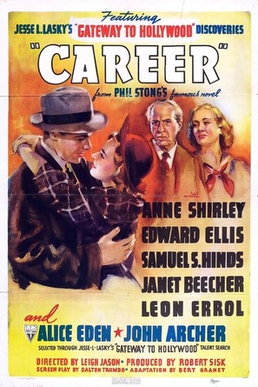
Career is a 1939 American drama film directed by Leigh Jason and starring Anne Shirley, Edward Ellis and Janet Beecher. The screenplay was written by Dalton Trumbo and Bert Granet, with cinematography by Frank Redman. The film was distributed by RKO Radio Pictures.
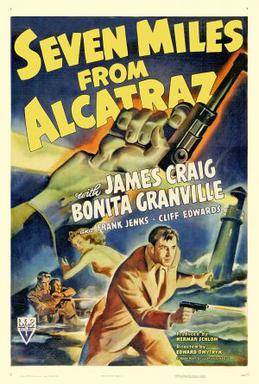
Seven Miles from Alcatraz is a 1942 American action film directed by Edward Dmytryk. The screenplay concerns two prisoners who break out of Alcatraz Federal Penitentiary.
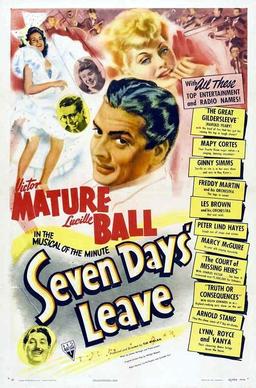
Seven Days' Leave is a 1942 musical comedy about a soldier who has seven days to marry an heiress in order to inherit $100,000.
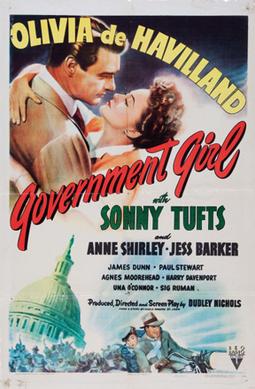
Government Girl is a 1943 American romantic-comedy film, produced and directed by Dudley Nichols and starring Olivia de Havilland and Sonny Tufts. Based on a story by Adela Rogers St. Johns, and written by Dudley Nichols and Budd Schulberg, the film is about a secretary working in Washington for the war administration during World War II who helps her boss navigate the complex political machinations of government in an effort to build bomber aircraft for the war effort.
My Pal Wolf is a 1944 American drama film directed by Alfred L. Werker from a screenplay by Lillie Hayward, Leonard Praskins and John Paxton based on a story by Frederick Hazlitt Brennan. Produced and distributed by RKO Radio Pictures, the film was released on October 8, 1944. The film stars Sharyn Moffett, Jill Esmond, Una O'Connor, George Cleveland, Charles Arnt and Claire Carleton. The picture also marked the debut of producer Adrian Scott, a communist who would later become a member of the Hollywood Ten.

Norma Levor Barzman was an American journalist, screenwriter, actress and novelist who was active in the film industry in the Golden Age of Hollywood.

Jarma Toy Lewis was an American film actress and model active in the 1950s.


















